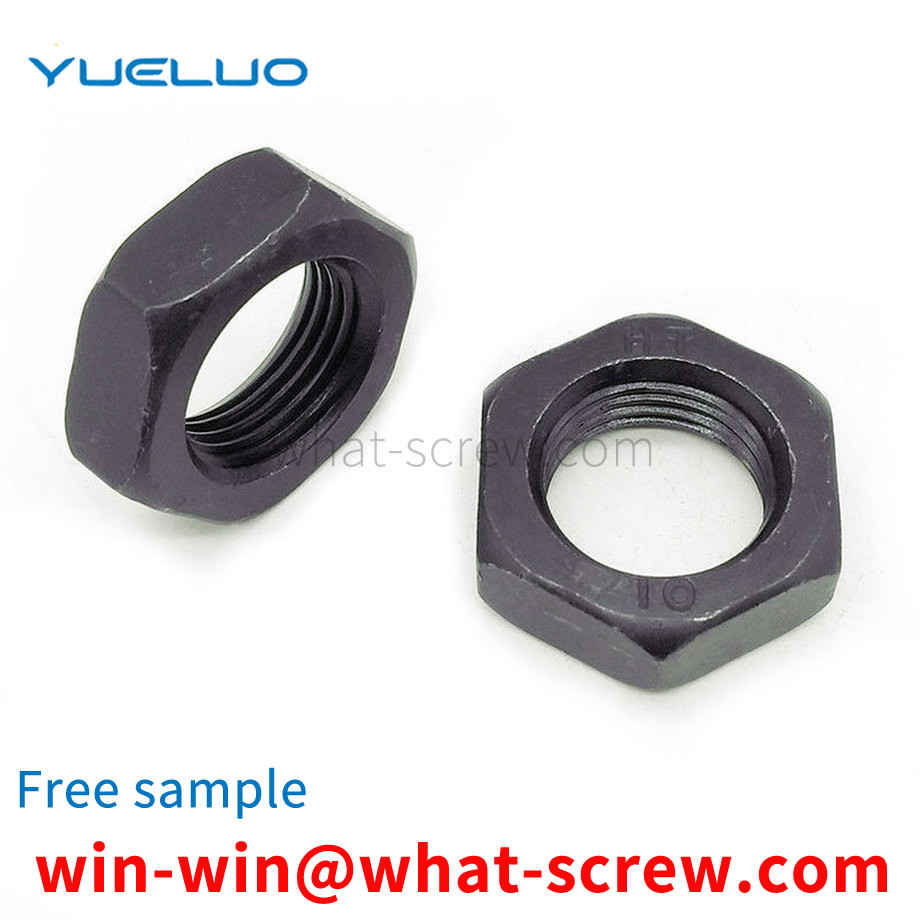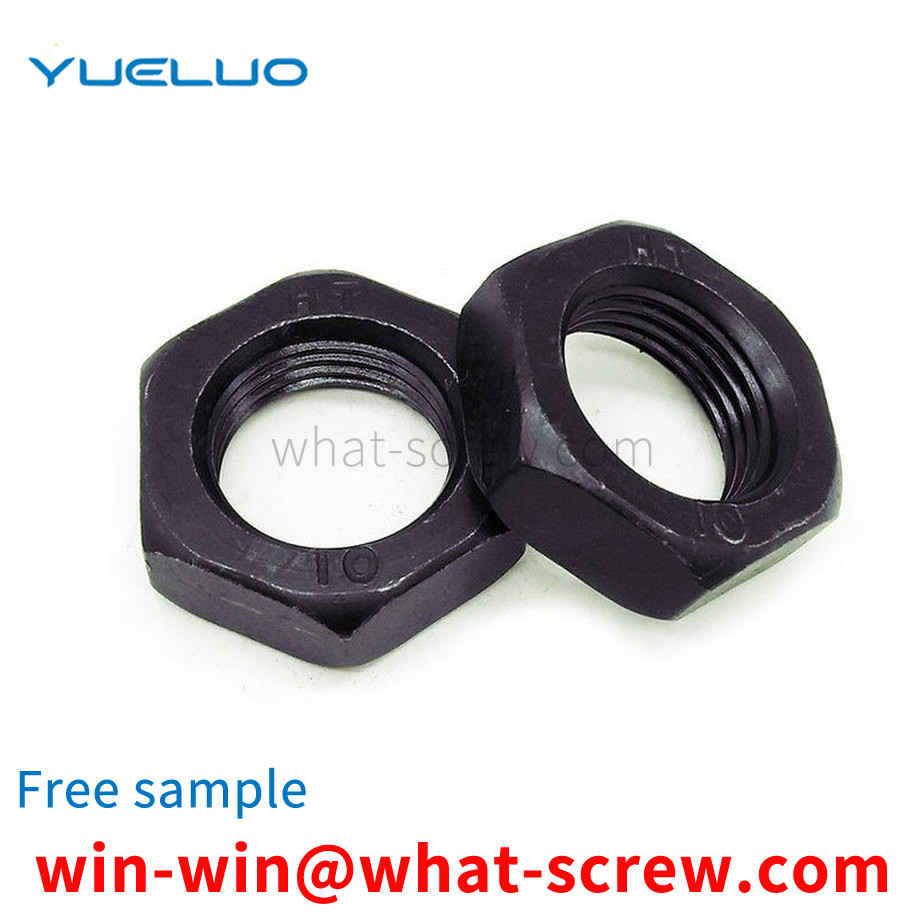At present, the electrical control boxes of the market regulators all include a box body with built-in circuit board components and a box cover that is fastened together with it. The box cover is mostly fastened on the box body by self-supplied screws. The following problems are: First, there are many electric control lines on the circuit board in the box. When installing the self-supplied screws, the electric control lines may be damaged, which may easily cause a short circuit of the electric control, which is a potential safety hazard; Electric batch and other tools are inconvenient to install and disassemble, and the production cost is high.
At present, with the development of the manufacturing industry, many parts with strange shapes are widely used in aviation, aerospace and other industrial fields, one of which is an L-shaped cylindrical pin. The upper end is provided with a 2.55×4.95 U-shaped boss. The parallelism error between the upper end face and the lower end face of the boss is required to be less than 0.01 mm. The L-shaped cylindrical pin requires high machining accuracy and is difficult to clamp on the machine tool. It is difficult to process. When the forming part is cut off, the cut surface, that is, the upper end surface of the boss, will leave a small column platform. When processing this end surface, in the prior art, a vise is generally used to process such an L-shaped cylindrical pin. Or copper sleeves are clamped, and then processed; however, due to the small size of the parts, the L-shaped cylindrical pin workpiece is difficult to clamp; due to the high precision required for each machined surface of the workpiece, when clamping with a vise , the clamping force of the vise is difficult to control, and it is easy to crush and scratch the surface of the workpiece; and when using a vise or a copper set clamp, only one workpiece can be clamped for each processing and production, and it is difficult to ensure the upper and lower planes of the parts after the clamping is completed. Parallelism machining error, resulting in low parts processing quality and low production efficiency.
By adopting the above technical solution, the setting of the pin cap allows the user to conveniently drive the pin into the pin hole of the workpiece by using a hammer and other power-assisted equipment. Pin hole, the plane of the top contact body relative to the pin cap will collide with the plane where the pin hole is located, the convex body and the pin hole are tightly squeezed, and the pin cannot fall off.
The traditional single-sided riveting process mainly adopts two methods: rivet nut connection and blind rivet connection. The efficiency of the rivet nut is low. If the hollow nut is used, the rigidity is insufficient, resulting in low connection strength. In addition, the torsion resistance of the rivet nut is low. If the rivet nut is used to obtain better torsion resistance, it is made into a hexagonal shape. Embedding, because the shape of the sheet metal opening also needs to be made into a corresponding hexagon, it is inconvenient to process.
Anti-corrosion technology Stainless steel screws are made of metal, and there are four main methods for metal anti-corrosion, namely the properties of the material itself, the environment of use, the interface between materials and the environment, and the improvement of the metal structure design. If a complete anti-corrosion alloy is used to make stainless steel Screws, unless there is a special need, are not cost-effective in terms of economics, and it is also impractical to completely isolate the appearance of the screw from environmental elements that can cause corrosion. Improving the metal structure design can improve the influence of special circumstances under certain conditions, but the design of most stainless steel screws cannot be fully corrected, and its maintenance effect is not permanent, so this method cannot basically solve the problem, as long as it is on the surface. Top anti-corrosion, that is, surface anti-corrosion treatment is the most widely used method. The anti-corrosion treatment on the surface of stainless steel screws refers to the use of various methods to apply a protective layer on the metal surface. The purpose of avoiding or mitigating corrosion. The protection layer should be able to meet the following requirements: 1. Corrosion resistance, wear resistance, high hardness, 2. The structure is tight, intact, and the pores are small. 3. It has strong separation and good adhesion with the base metal. 4. It is evenly distributed and has a certain thickness. The maintenance layer is usually divided into two types: metal coating and non-metallic coating. Metal coating refers to the use of metal or alloy with strong corrosion resistance to form a maintenance layer on the surface of metal that is easy to corrode. This coating is also called plating. There are quite a few methods and varieties to produce metal coatings, the most common of which is electroplating, followed by molten metal immersion plating (hot dipping) and chemical surface treatment. Non-metallic coating refers to the use of organic polymer materials such as paint and inorganic materials such as ceramics to form a protective layer on the surface of metal equipment or parts. The protective layer can completely isolate the base metal from the environmental medium and prevent the base metal from corrosion due to contact. Corrosion is formed in the medium of stainless steel standard parts.
We have many years of experience in the production and sales of screws, nuts, flat washers, etc. The main products are: DIN985 self-locking lock nuts, percussion flat cap Liuding GB867 aluminum dome head rivets, production of A-grade carbon steel nuts, iron hollow rivets Rivets and other products, we can provide you with a fastener solution that suits you.



















 Service Hotline
Service Hotline




